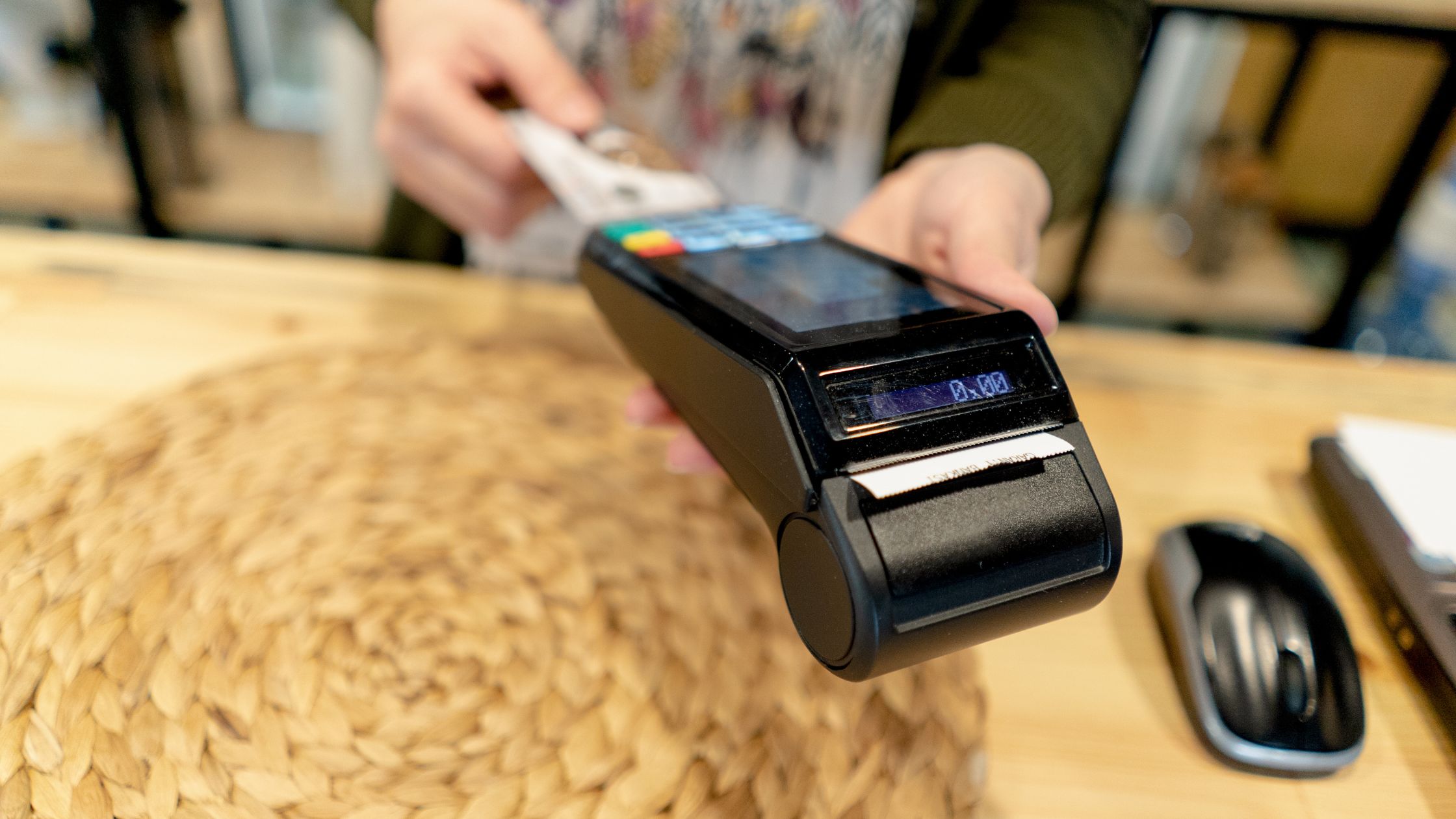Running a restaurant well requires good software. Thankfully, an open source software for restaurant systems gives owners control, options, and saves money. One great choice is Floreant POS. It is free, strong, and easy to change based on your needs. It was made just for restaurants. In this article, you will see why Floreant POS is a top open source software restaurant tool, what it can do, and how you can use it in your restaurant the right way.

Table of Contents
- Why Choose an Open Source Software Restaurant Solution
- Meet Floreant POS: Overview
- Core Features That Empower Restaurant Operations
- Advantages Over Proprietary Systems
- Implementation and Customization Tips
- Best Use Cases and Scalability
- Common Considerations
- Conclusion and Recommendation
1. Why Choose an Open Source Software for Restaurant
You need flexible tools and full control of features, without being stuck with one vendor. That’s why open source software systems for restaurants let you set up everything your way. You also skip license fees and can change the code as needed. So, all kinds of restaurants—from small cafes to large chains—can grow using a system they control. Learn more about open source software systems.
2. Meet Floreant POS: Overview
Floreant POS started in 2009 after it worked well at a Denny’s restaurant. Since then, it has become a free, full-featured POS system for restaurants, cafes, pizza places, food trucks, and small stores. It installs in under 90 seconds, runs on Windows, Mac, Linux, and Raspberry Pi, and works offline with its own database. That makes it a perfect open source software for restaurant businesses.
3. Core Features That Empower Restaurant Operations
Floreant POS includes many powerful tools built for the food service industry such as:
- Table & Order Management:
You can see your tables with a visual layout, split bills, use item modifiers, and handle bar tabs easily.
- Menu & Inventory Control:
You set up your menu items, prices, and categories. It also helps you watch stock levels and get alerts when supplies run low.
- Kitchen Integration:
Orders go straight to kitchen printers or display screens, helping kitchen staff work faster and avoid mistakes.
- Payment Processing & Offline Mode:
You can take payments in cash, by card, or with mobile wallets. It even works offline and syncs everything once the internet is back.
- Customer & Reporting Tools:
You can track customer orders, run loyalty or gift card programs and see reports on sales, tips, and staff performance.
- User Access & Multi Location Support:
You choose what staff can see and do. It also helps you run more than one location from the same system.
Because Floreant POS has a modular design, you can add plugins for things like delivery, floor plans, and inventory. This makes it a top choice for anyone seeking an open source software restaurant system.

4. Advantages Over Proprietary Systems
First, Floreant POS is free to download and use, which makes it perfect for new restaurants or those with a tight budget. Even when you add extra tools they charge a small amount per month per terminal.
Second, since Floreant runs on your own devices, you don’t need to rely on constant internet access. This lowers your risk during outages. You also control your data and security. Unlike subscription-based systems, there are no ongoing license fees or vendor lock-ins.
Third, Floreant POS has a strong community of developers and restaurant users. You can join forums, use shared tools, and learn from real experiences. This open environment helps the software improve over time and offers great peer support.
These benefits make Floreant POS one of the smartest choices for anyone looking for a reliable and flexible open source software restaurant system.
5. Implementation and Customization Tips
You install Floreant POS by unzipping the file, running the Java program, and logging in with the default admin username and password. The system sets itself up automatically in just a few minutes.
Since Floreant runs on Java, it works on many devices, including touch screens and low-cost computers. You can customize menu categories, modifiers, tax rates, receipt templates, and add plugins to fit how your restaurant works. If you want more advanced features, you can hire developers or use Floreant experts to help.
Also, Floreant works offline, so your restaurant keeps running even if the internet goes down. When the connection returns, it syncs all the data automatically.
6. Best Use Cases and Scalability
Floreant POS works well for:
- Single-location cafes, food trucks, or fast-food stands that need a low-cost, strong POS system
- Multi-location chains that want to control all sites from one place with easy growth
- Cloud kitchens that need built-in tools for orders, delivery, and inventory
- Businesses that need reliable offline use and can run on different devices
As your business grows, you can add paid plugins or custom features, connect kitchen displays, and manage all your locations from one dashboard.

7. Conclusion
If you want a real open source software restaurant solution that gives you full control, low cost, and strong restaurant features, Floreant POS is one of the best choices. It includes easy order, table, payment, reporting, inventory, and plugin tools, and works well both offline and online.
Use the power of open source software to run your restaurant your way. For more details, visit Floreant POS







